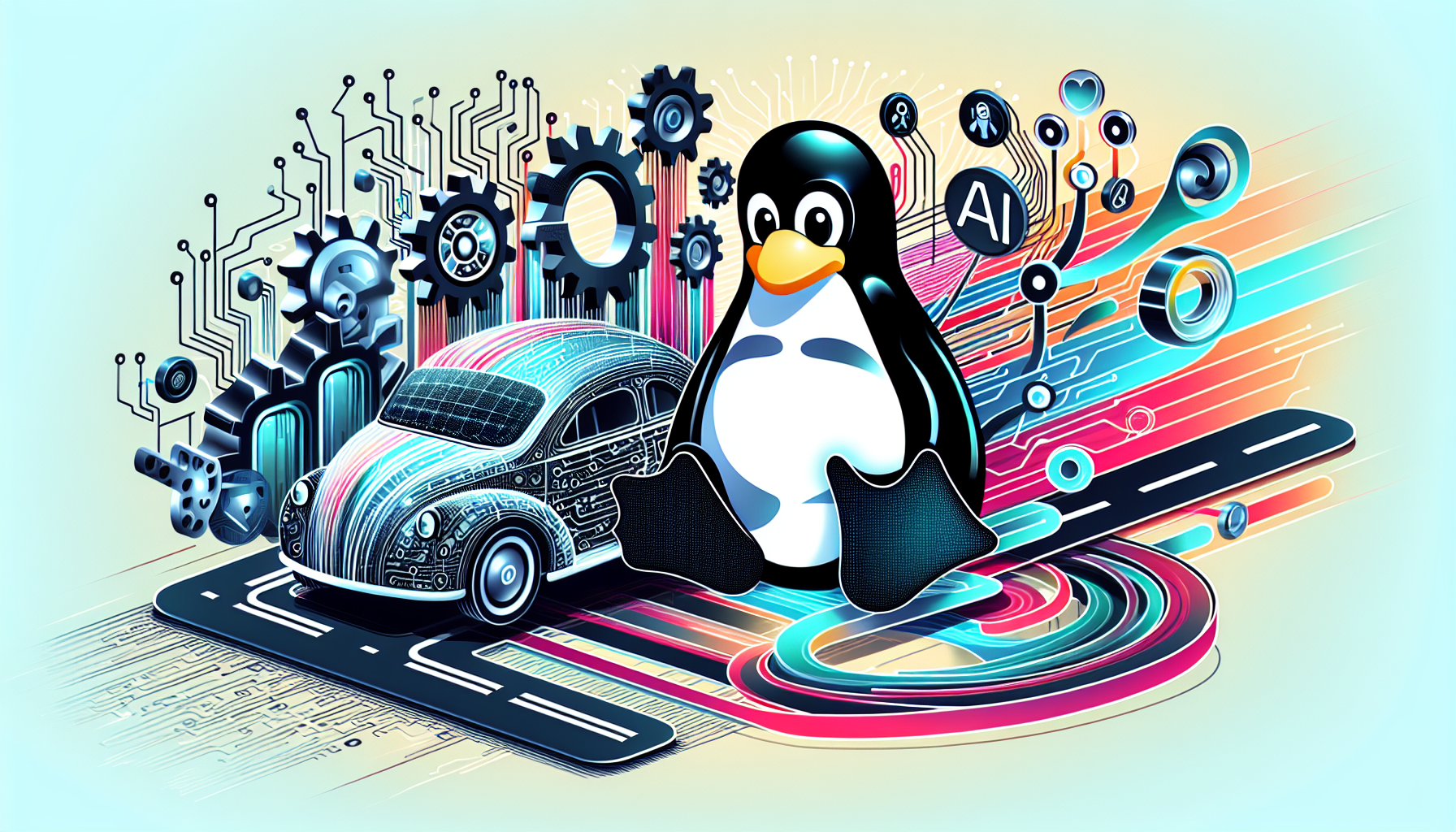The Transformation of Linux in Autonomous Systems: Techniques and Innovations
Introduction
The rise of autonomous systems, ranging from self-driving cars to robotic manufacturing units, has necessitated robust and versatile operating systems. Linux, known for its stability, customizability, and open-source nature, stands out as a critical player in this domain. In this blog post, we’ll explore how Linux has adapted to the needs of autonomous systems, highlighting key techniques and innovations that have facilitated this transformation.
The Role of Linux in Autonomous Systems
Versatility and Adaptability
- Real-time Performance: Linux has evolved to offer real-time capabilities crucial for the time-sensitive operations of autonomous systems.
- Customizable Kernel: The ability to modify and compile the Linux kernel allows developers to tailor the system to fit specific hardware and functional needs.
Security and Reliability
- Robust Security Features: Linux provides extensive security mechanisms, which are vital for the safe operation of autonomous systems that handle critical data and functionality.
- High Reliability: Its proven stability and reliability in servers and embedded systems have made Linux a preferred choice for complex autonomous systems.
Innovations in Linux for Autonomous Systems
Enhanced Real-time Capabilities
- PREEMPT_RT Patch: This patch converts Linux into a fully preemptive kernel, reducing latency and improving the handling of real-time tasks.
// Example of using PREEMPT_RT
#include <linux/kernel.h>
#include <linux/init.h>
Advanced Networking
- ROS (Robot Operating System): Although not a traditional OS, ROS runs on Linux and provides specialized services designed specifically for robotic applications.
- Data Distribution Service (DDS): Used for scalable, high-performance machine-to-machine communication, pivotal in autonomous systems.
Use Cases
Self-driving Vehicles
- Autopilot Systems: Linux is used to manage various components such as sensors and actuators in autonomous vehicles.
Industrial Robotics
- Manufacturing Robots: Linux systems manage and coordinate robotic arms and other machinery in a production line setting.
Conclusion
As autonomous systems continue to grow in complexity and importance, Linux’s role as a foundational technology becomes increasingly significant. Through its adaptability, real-time capabilities, and robust security, Linux not only meets but often exceeds the stringent demands of modern autonomous technologies. The continuous innovations and community-driven improvements ensure that Linux remains at the forefront of this transformative era.




